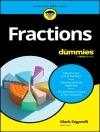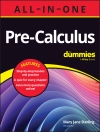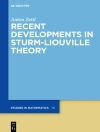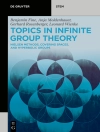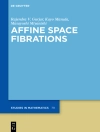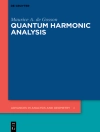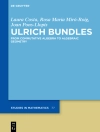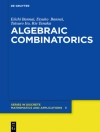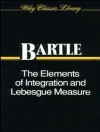This book offers a wealth of interdisciplinary approaches to urbanization strategies in architecture centered on growing concerns about the future of cities and their impacts on essential elements of architectural optimization, livability, energy consumption and sustainability. It portrays the urban condition in architectural terms, as well as the living condition in human terms, both of which can be optimized by mathematical modeling as well as mathematical calculation and assessment.
Special features include:
• new research on the construction of future cities and smart cities
• discussions of sustainability and new technologies designed to advance ideas to future city developments
Graduate students and researchers in architecture, engineering, mathematical modeling, and building physics will be engaged by the contributions written by eminent international experts from a variety of disciplines including architecture, engineering, modeling, optimization, and related fields.
Tabla de materias
1. If robots conquer airspace: The Architecture of The Vertical City (J. Willmann, F. Gramazio, M.Kohler).- 2. Smart cities in a smart world (B. Murgante, G. Barruso).- 3. Understanding the context (R. Nicholson).- 4. Architectural mithridatism? (C. Blanchet).- 5. The heat is on, Now we must act (W. S. W. Lim).- 6. Hollistic approach to shape future cities (R. Tsui, S. Wu, A. Siu).- 7. Can dense cities really be livable? (L. Hee).- 8. Building resilient cities to climate change (M. Santamouris, C. Cartalis).- 9. Evaluation and reliability of shape grammars for urban planning and network design (B. J. Vitins, K. W. Axhausen).- 10. Using policy instruments to drive optimal living and sustainable consumption in the built and natural environment (T. Ibn-Mohammed, A. Acquaye, R. Greenough, S. Taylor, L. Ozawa-Meida).- 11. Hidden surface effects: Radiant temperature as an urban and architectural comfort culprit (F. Meggers).- 12. Weather data and solar orientations (M. Samimi).- 13. Analysis and classification of public spaces using convex and solid-void models (J. Beirão, A. Chaszar and L. Čavić).


